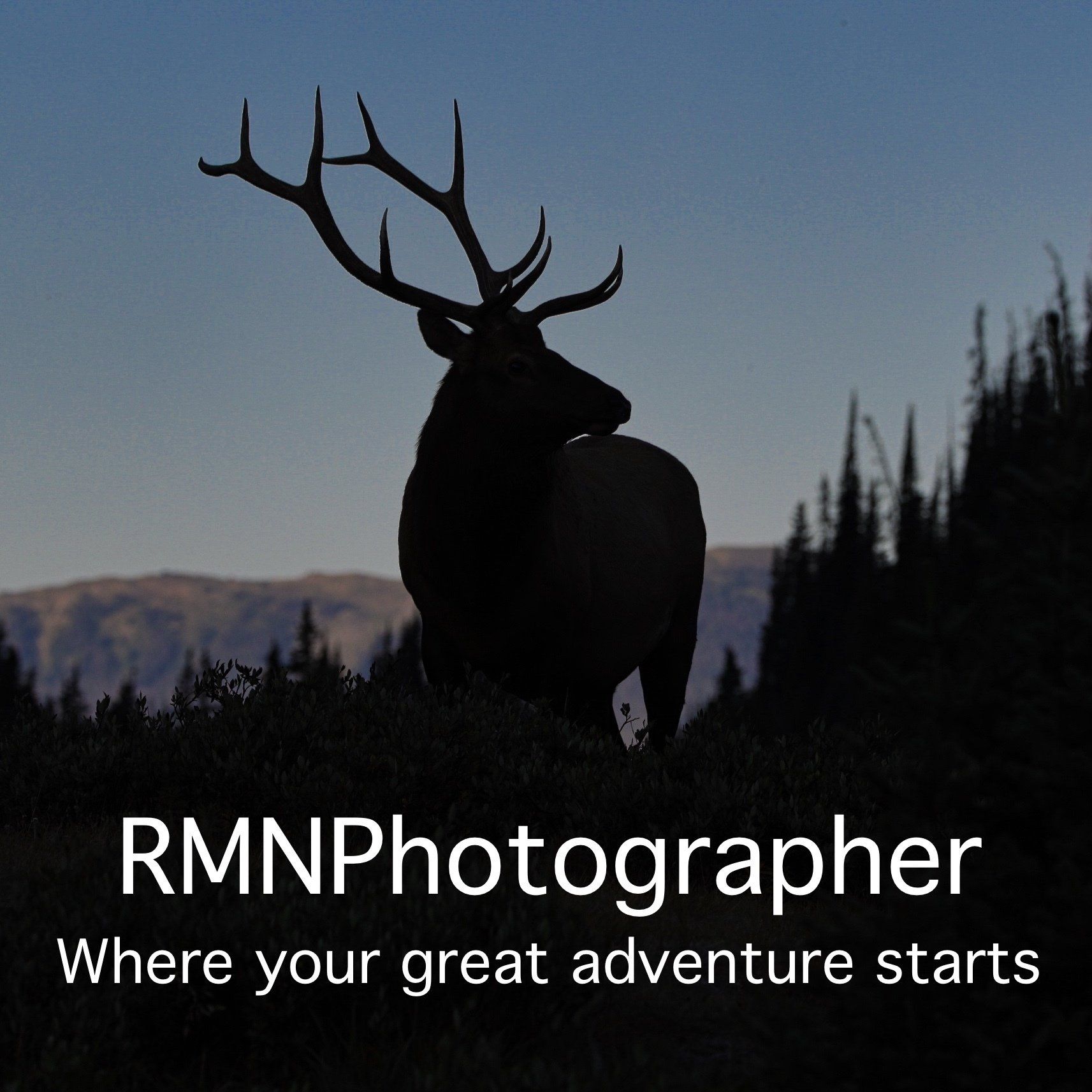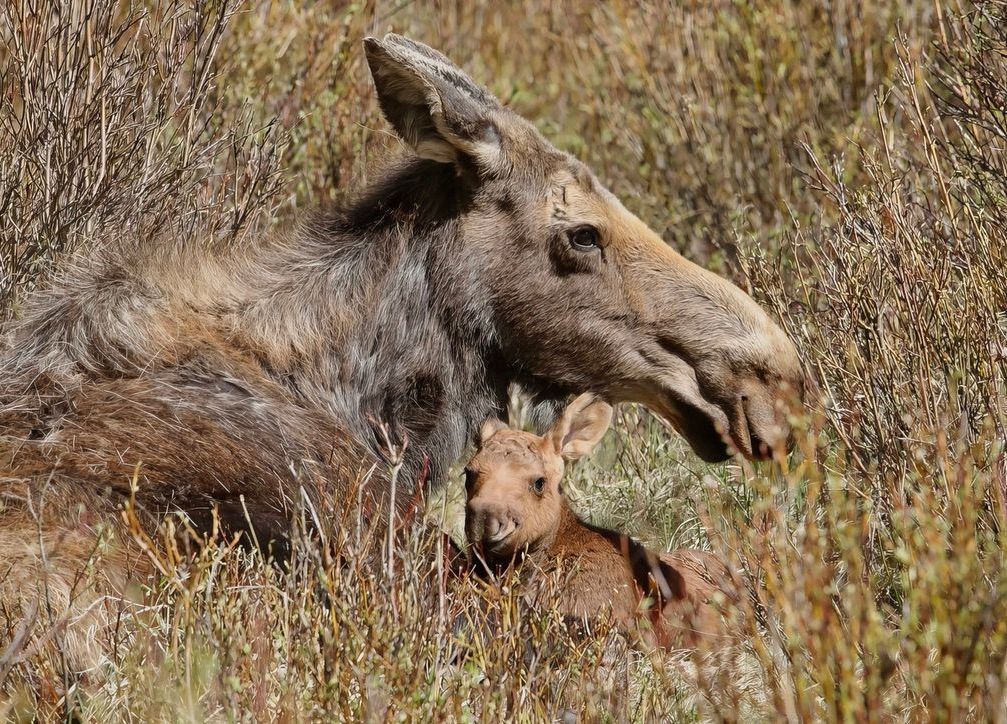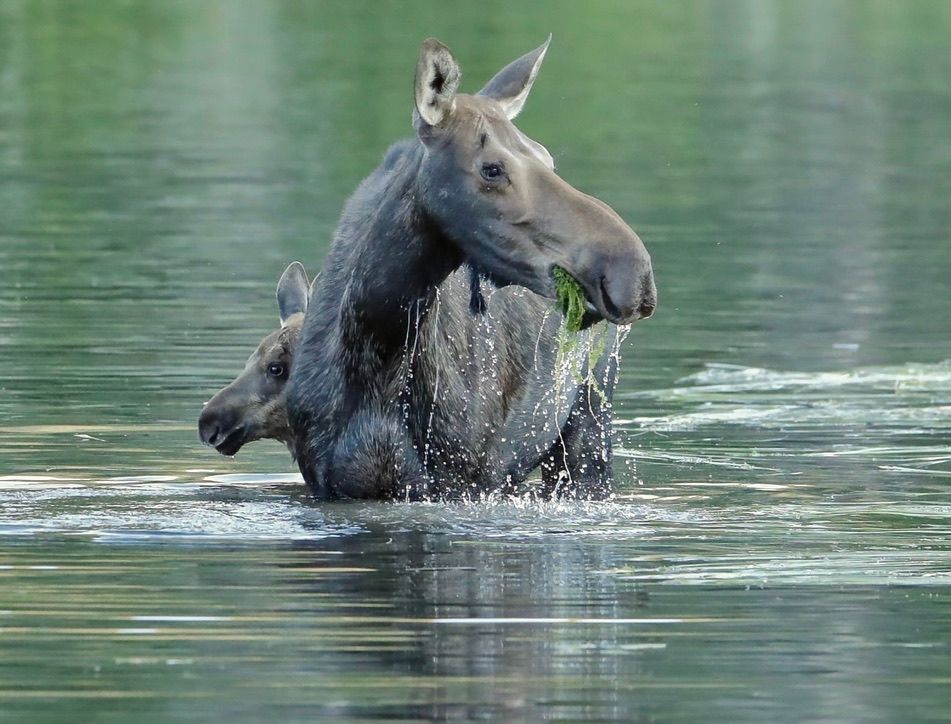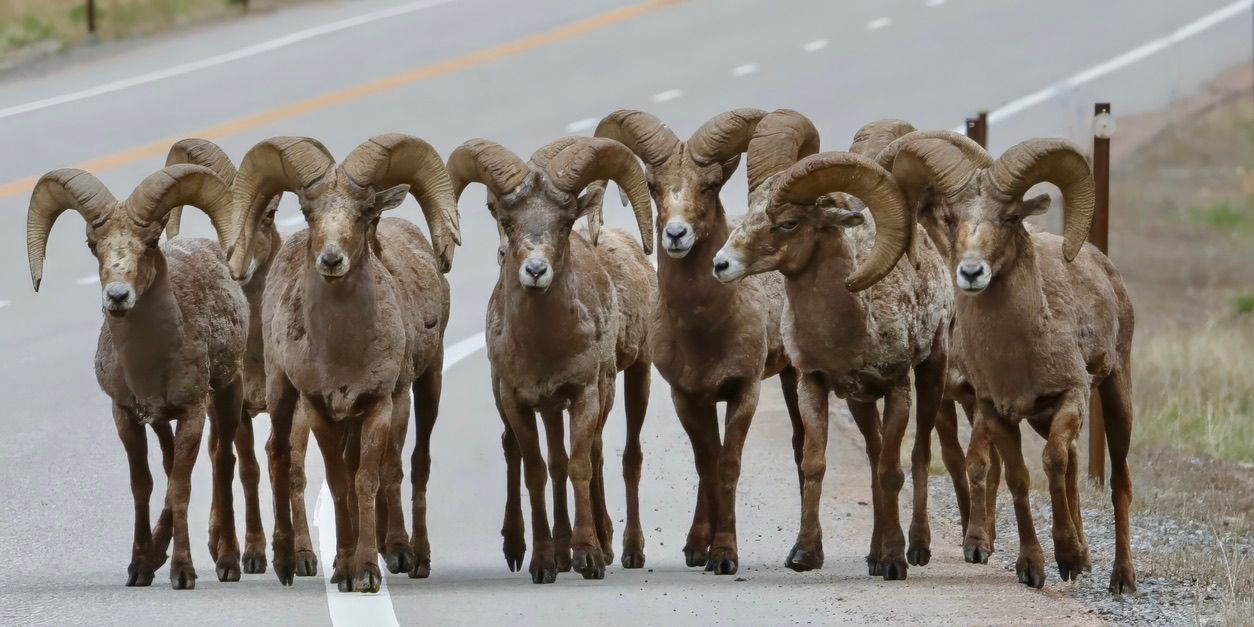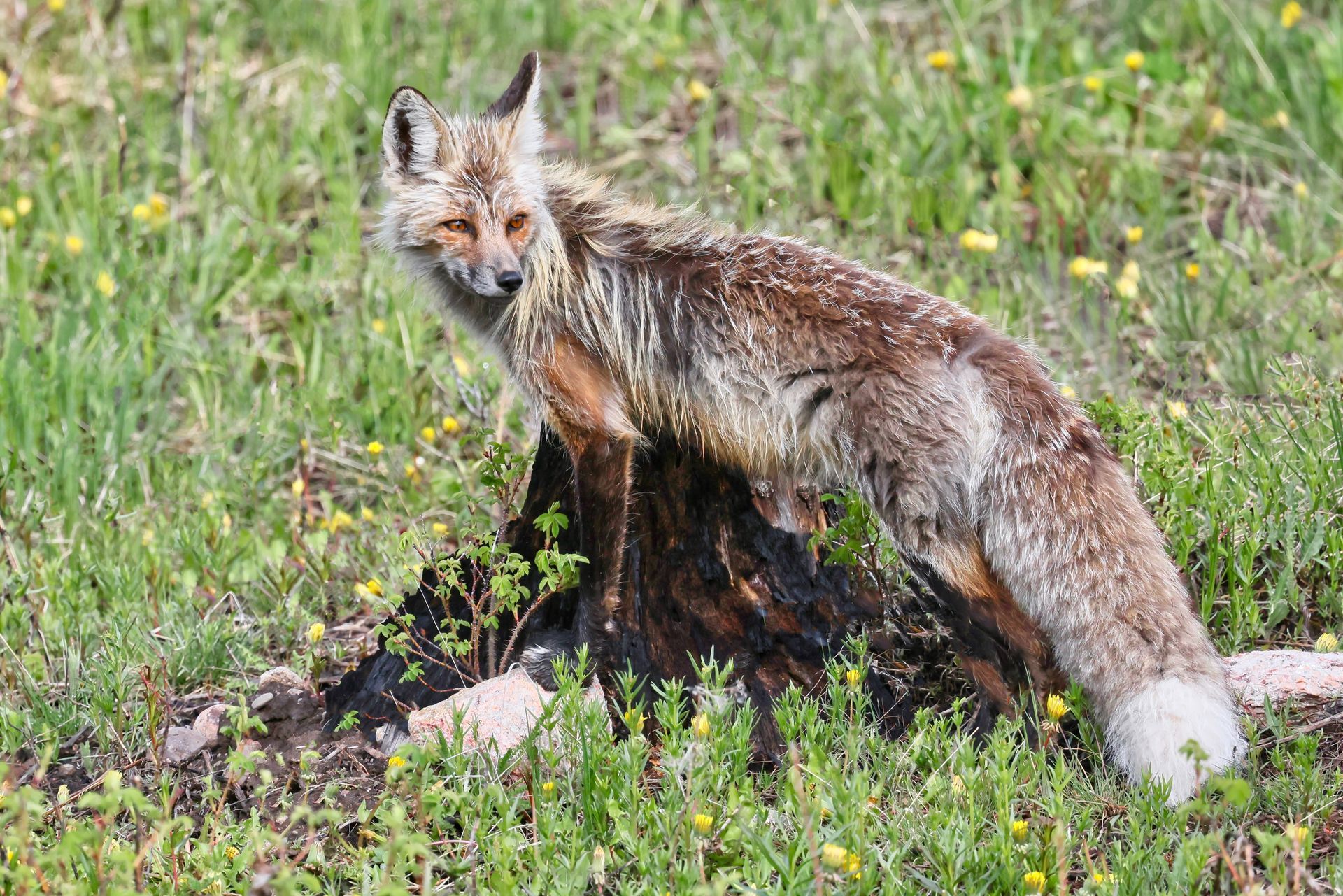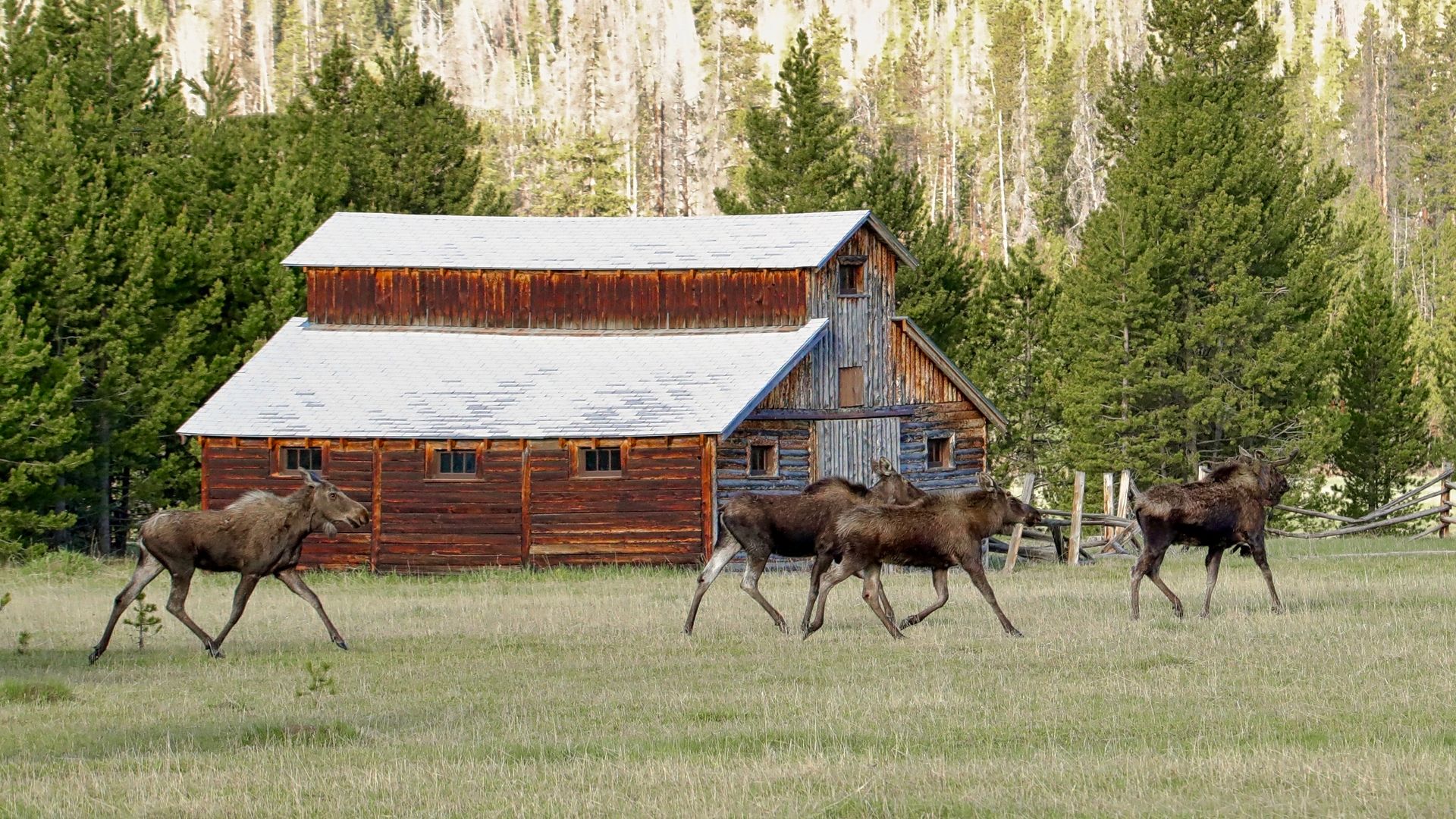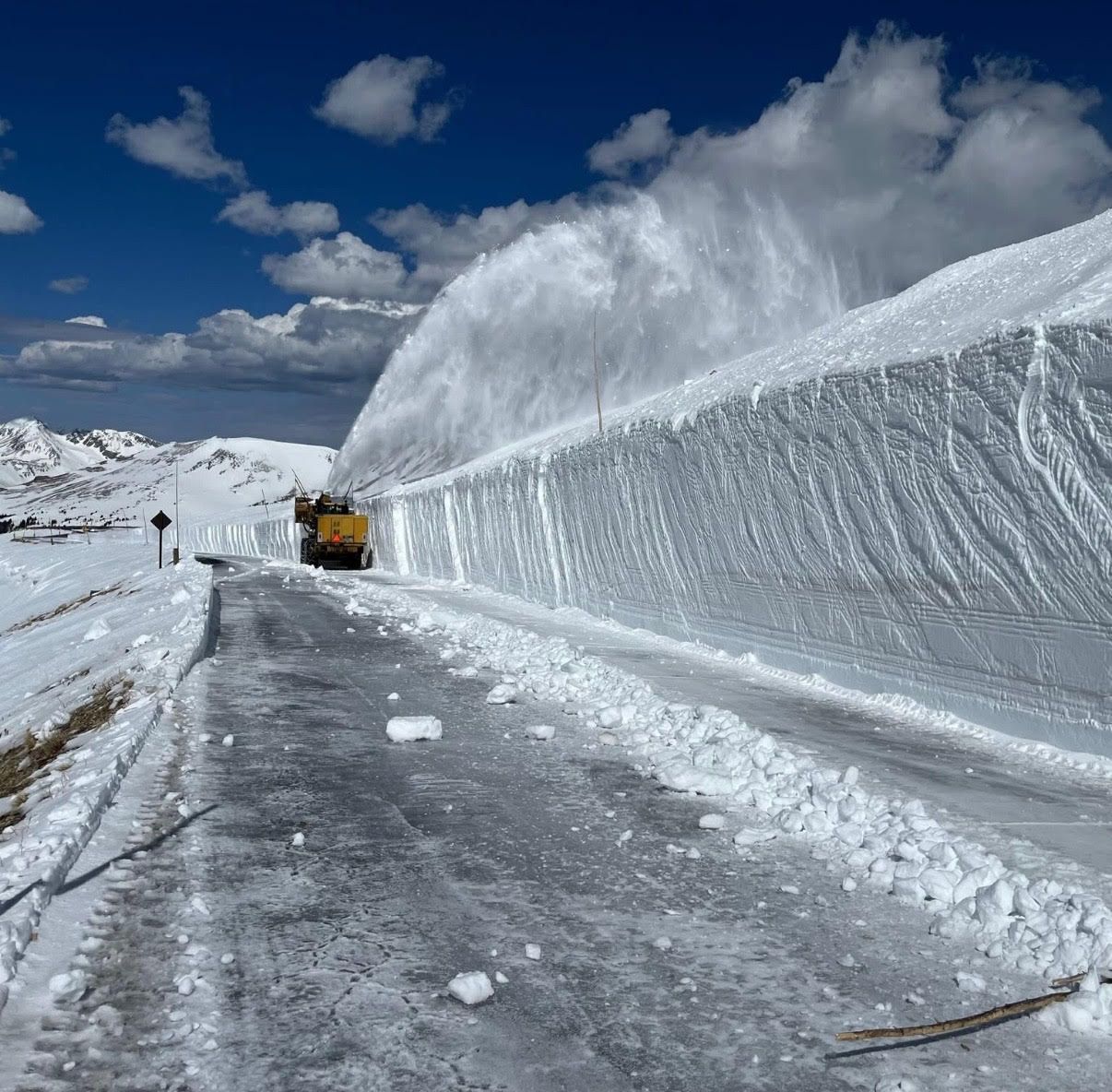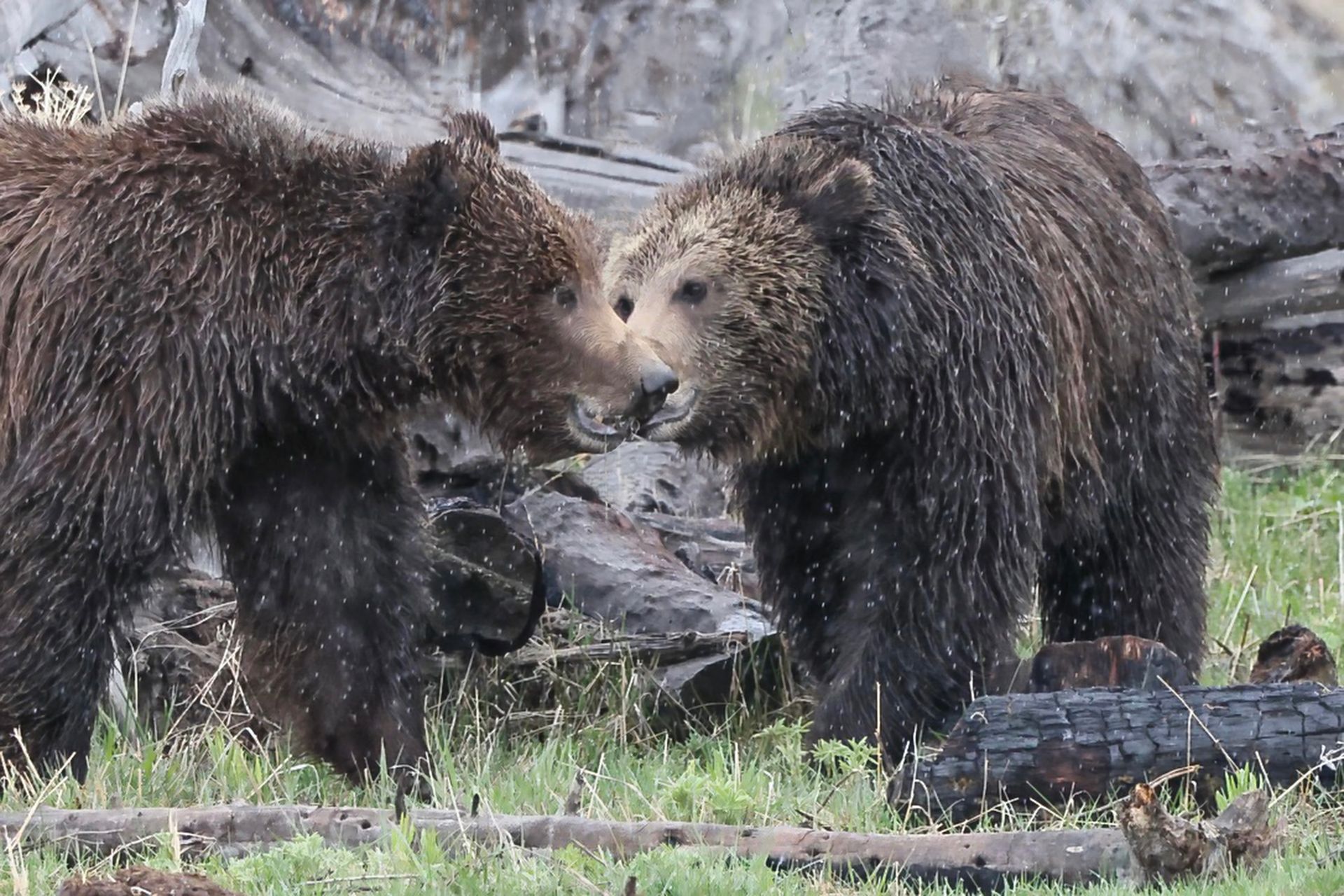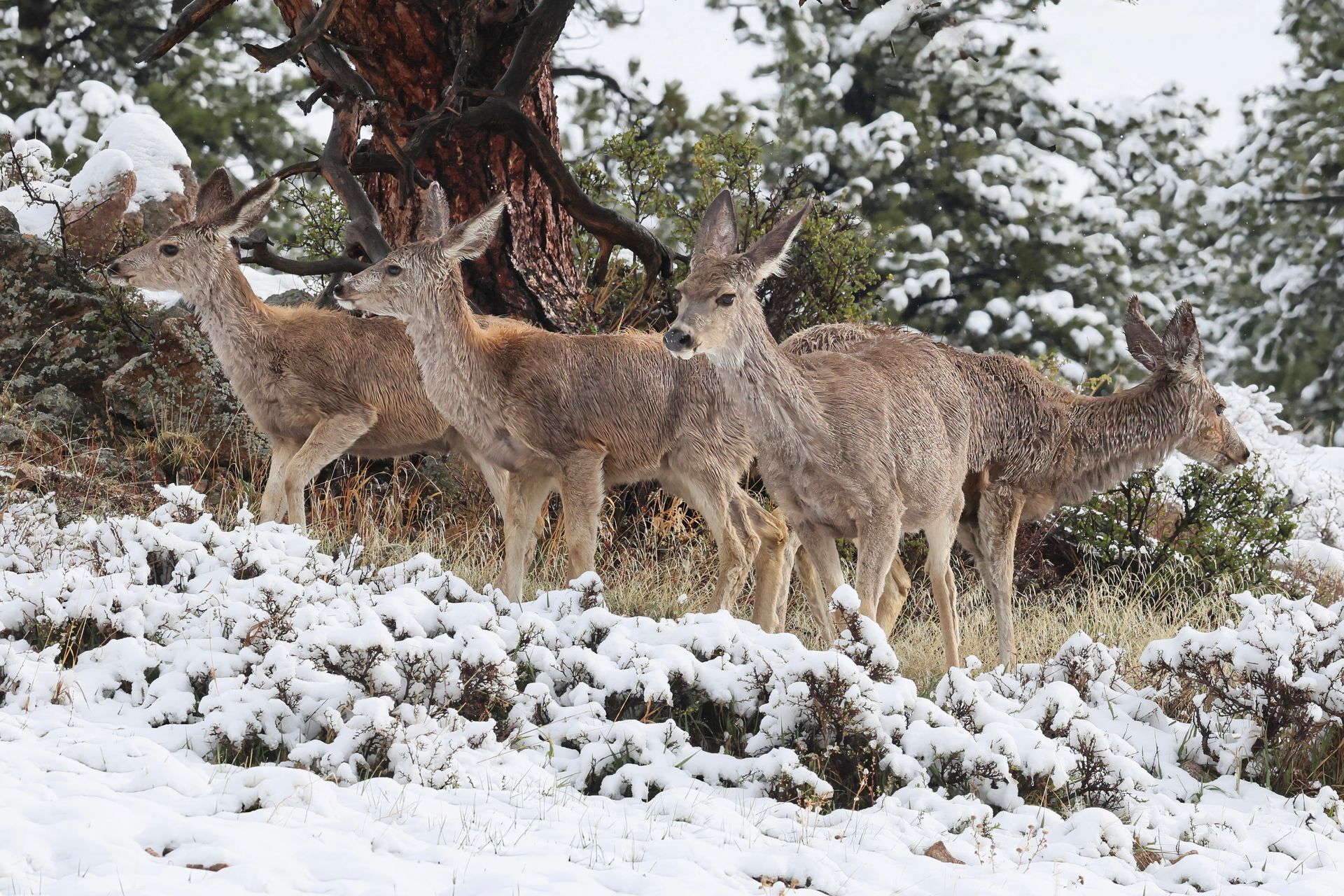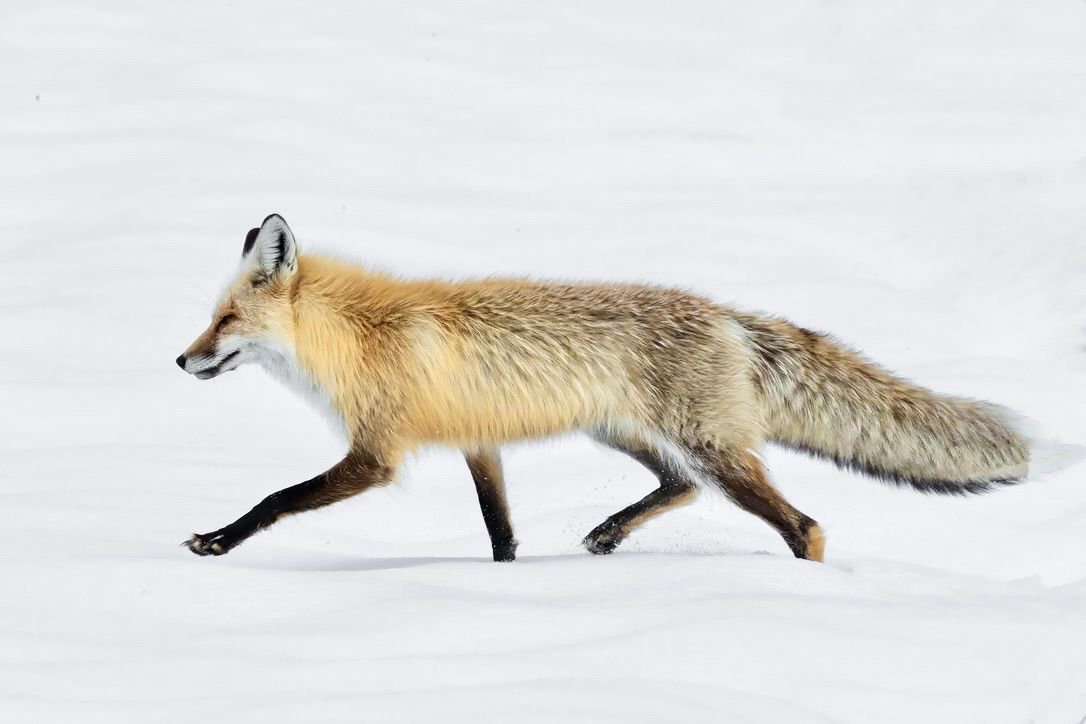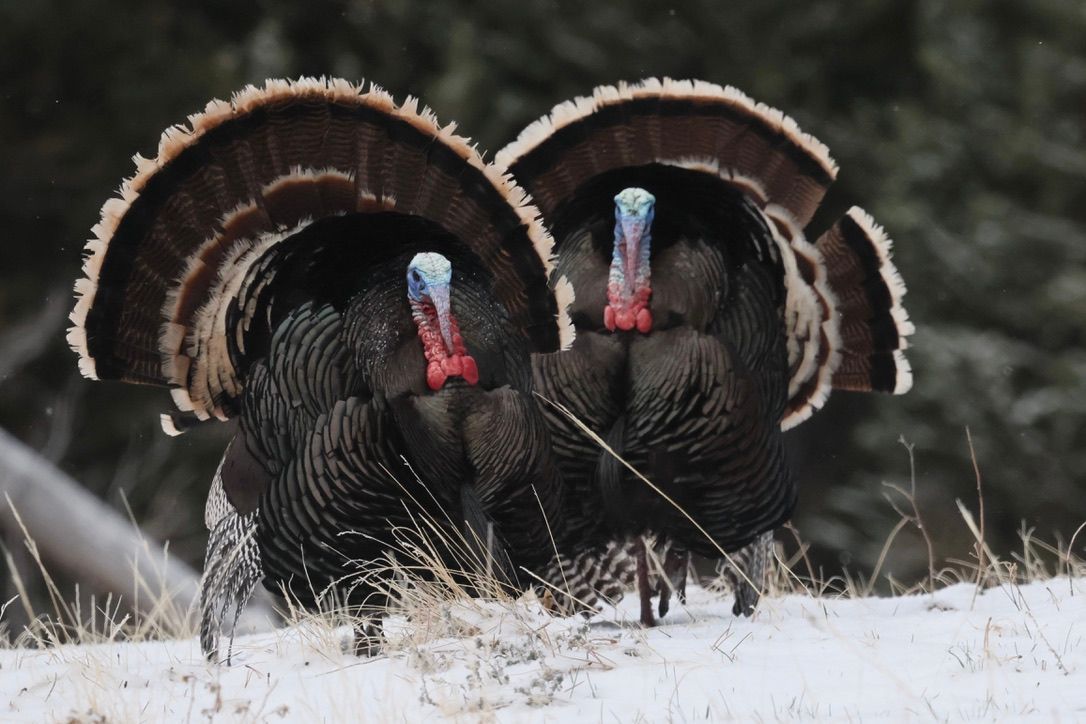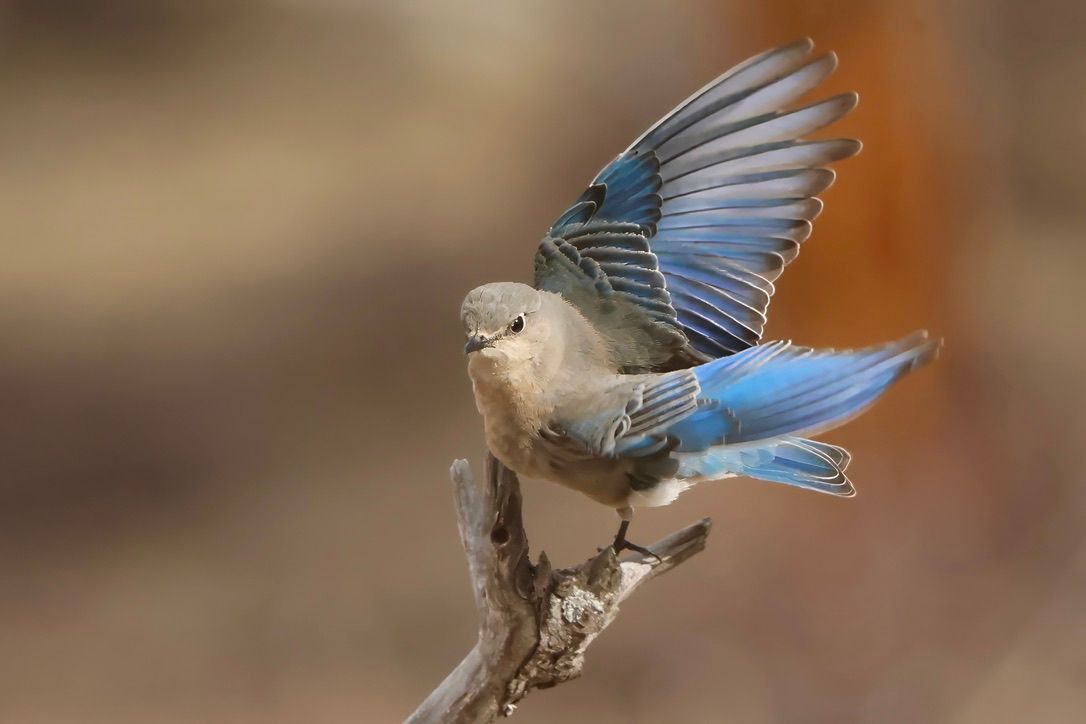Moose in Colorado
Introduction of Moose in Colorado
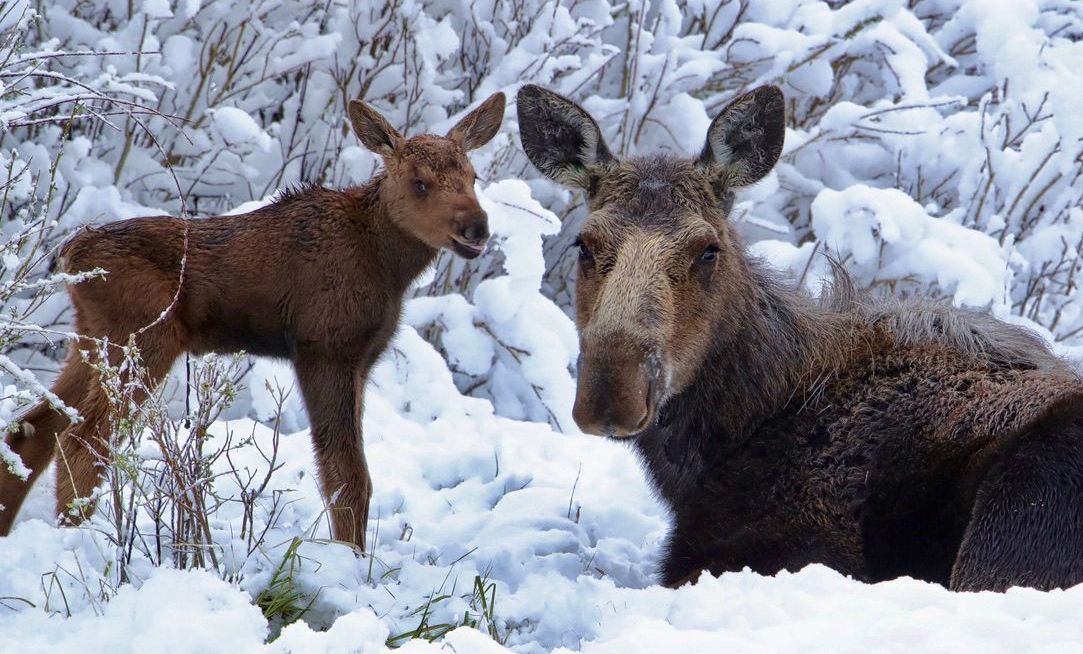
My first moose encounter was in the early 1980s. I’d hiked to Big Meadow near Kawuneeche Valley, and came face-to-face with a bull moose along the trail. Terrifying and exhilarating all at the same time, I stepped behind a tree as the moose passed by an arms length away.
Moose were hard to find then. Even twenty years ago, moose were seldom spotted in Colorado. Prior to 1978, the only moose were a few strays that had wandered down from Wyoming. Then in 1978, the Colorado Parks and Wildlife began a moose introduction program to establish a stable population in the state.
In 1978, twelve moose from Utah were introduced and another twelve in 1979 from Wyoming in the North Park area east of Walden. This early population began to reproduce quickly, and in 1987, an additional twelve from Wyoming were added to the population. Walden is now recognized as “The Moose Capital of Colorado.”
The introduction of moose proved so successful, in 1991 and 1992 approximately one-hundred moose from Wyoming, Utah and North Park were released near Creed in southern Colorado. Since that time, in the mountain habitat, moose have expanded their range in the Colorado mountains. Today, there are over 3,000 moose in Colorado.
Facts about Colorado’s Moose
Colorado’s moose are Shiras moose, the smallest subspecies of moose. Still, they are Colorado’s largest game animal. Cow moose weigh up to 800 lbs while the bulls can reach 1,200 lbs and stand six feet tall at the shoulder.
The name moose is from the Algonquin Indians meaning “eater of twigs.” Moose will reach to the tree branches, wrapping them in their mouth, then pull their mouth along the branch shredding it of its leaves.
Moose, with their gangly legs and long snout, look awkward, yet they are very agile. Moose run up to 35 mph and are natural swimmers. Moose have no upper front teeth. This allows them to suck in aquatic plants while grazing underwater. Moose can close off their nostrils and dive up to twelve feet giving the ability to graze under water on their favorite food, aquatic plants. While in the water, they slow their respiration rate allowing them to stay submerged for long lengths of time.
Only the male moose, the bulls, grow antlers. Antlers are shed annually (versus horns, i.e. bighorn sheep, which are permanent). Bull moose grow flattened, palmated antlers with points around the edge, reaching up to 5 feet wide in larger and older bulls and weighing up to 60 lbs.
From April through July, the antlers regrow with a velvet covering. This provides nutrients and blood to the antlers for growth. Once the antlers stop growing, the velvet begins to dry and is shed leaving bony, hard, and pointed antlers.
Mating and Breeding
Mid-September through October is the breeding season, or rut, for moose. Bull moose set up territories for breeding, attracting cows with a resonating low grunting sound. Aggressive during the breeding season, both cows and bulls can become agitated. Bulls, who have antlers, often fight head-to-head to determine who is the dominant bull.
Single and twin births are common in late May and early June. Rarely, triplets can be born. The young will stay with their mother through the first year, and during the second summer will be pushed out by their mother.
Moose can live up to twenty years in the wild and have expanded their range throughout Rocky Mountain National Park. Today, it is not unusual to see moose throughout the park, grazing along the roads, feeding in the lakes, and wandering at higher altitudes.
All information provide by Colorado Parks & Wildlife and Glacier Guides.
